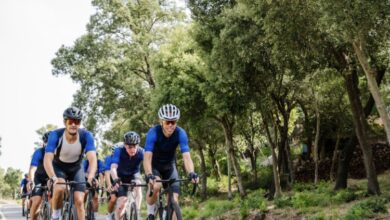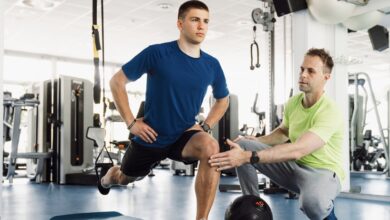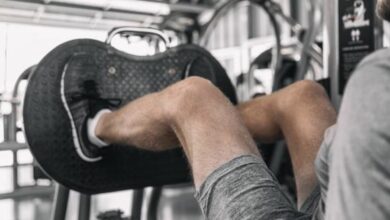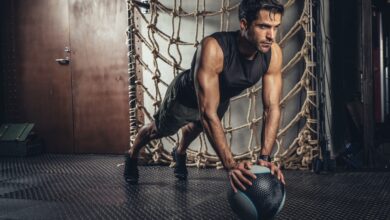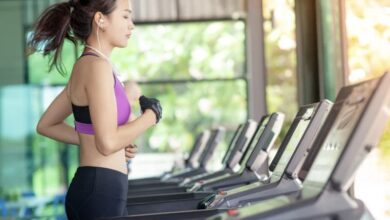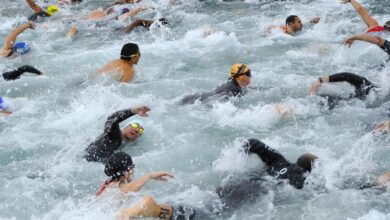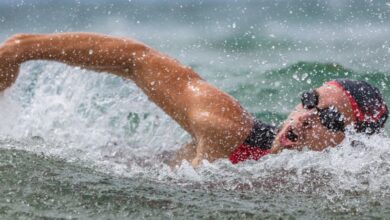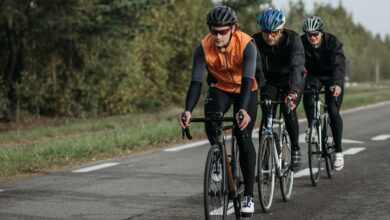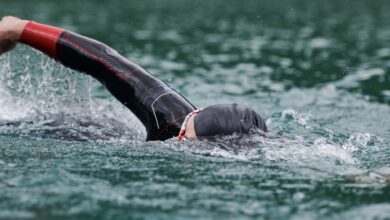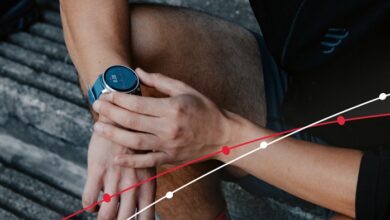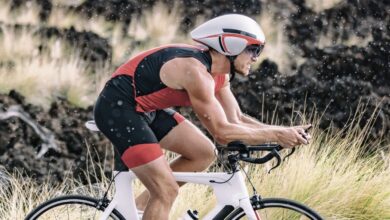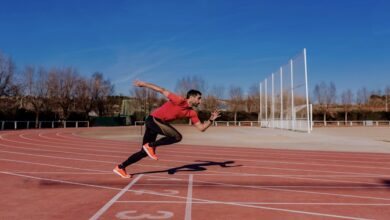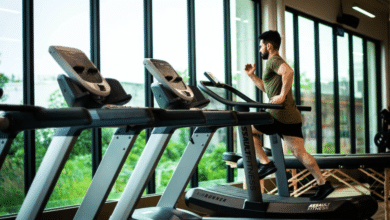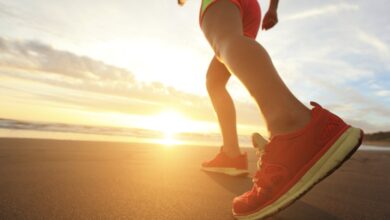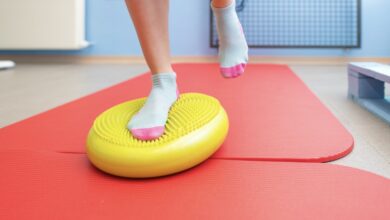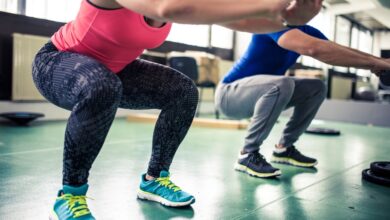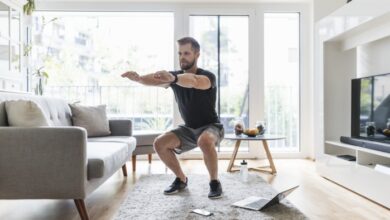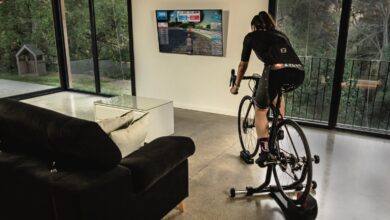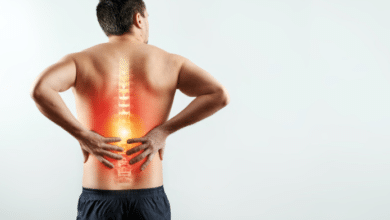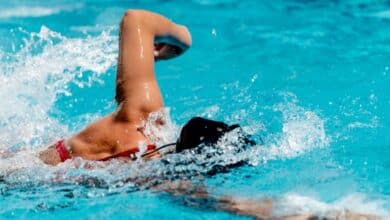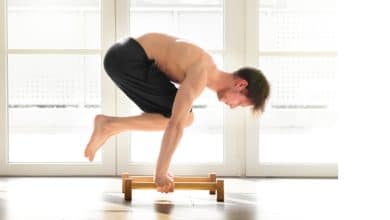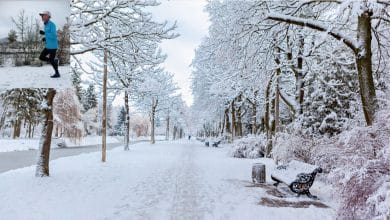15 exercises to improve your career technique
Running technique improves strength, improves joint mobility, improves running efficiency and effectiveness
Our collaborator in sport Nutrition Victory Endurance has developed some tips to improve our career technique
It is a physical effort that can directly influence performance, because in addition to improving running technique (its main objective), it indirectly provides four other benefits: Mimprove strength in the ankles and legs; improves joint mobility of the foot and the ankle; improves the efficiency and effectiveness of the race, what supposes a greater yield to the same effort; Y greatly reduces the risk of injury (Achilles tendon, periostitis, plantar fasciitis and is more resistant to sprains). Within the career technique I include the Multi-heels and the Ankle Exercises.
The exercises that I describe below should be done on a flat and soft ground, preferably grass, although it can be dirt. The floor should be as smooth as possible. The distance can range between the 30 and 40 meters.
- Walking on Tiptoes. Forward, inward and outward.
At very short steps, walk on tiptoe, maximizing the heels. Three variants are made: the first with the tip of the feet forward, the second with the tip of the feet outwards and the third with the tips of the feet inwards. - Walk on heels. Forward, inward and outward.
At very short steps, walk on heels, maximizing the tips of your feet. Three variants are made: the first with the tip of the feet forward, the second with the tip of the feet outwards and the third with the tips of the feet inwards. - Lateral Race
Arms forwards and backwards at the same time, coordinated with each jump. Lateral jumps, touching the ankles at the highest point. - Short stride raising one knee, then change.
Coordinating well with the movement of arms, bringing the elbow back the most. It is done each half of the route by raising one leg. - Short jumps, running in a toe, without hardly bending the knee.
Push only with the ankle, pulling more upwards than forward. - The same lifting one knee alternately in each stride.
It is an ankle game that is played as if it were a dance. - Normal Skipping. Pulling arms, elbows flexed.
Running very high knees, very often and hardly moving forward. - Skipping from behind.
Slightly pull the trunk forward and run with the heels touching the buttocks. - Skipping forward.
Identical to the 7, but taking the feet forward. - Medium Skipping, pulling strong arms.
Run raising the knees (to 60ª), very often with arms and barely moving forward. - Running toe pulling arms.
Running on tiptoe without hardly flexing the knees, bringing the feet forward and pulling much of the arms backwards. - Triple jumps.
Continuous jumps with maximum stride amplitude. - Impulsions.
I jump step, with the same leg, to change half. One leg is supported and the other is driven. - Frog jumps.
- Jumps to feet together, with maximum amplitude.
There are no previous results.







